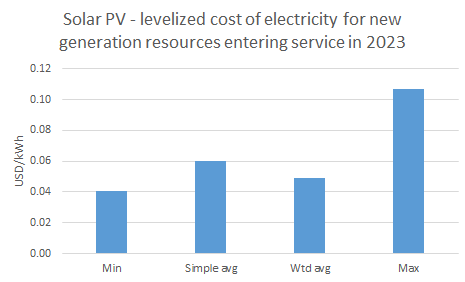Medical tourism is a real business with substantial money involved, although the estimates are all over the place. One estimate puts it at more than $10bn, while another says $65-87.5 billion. Asia also has a thriving medical tourism industry, with Thailand being the first mover here. A very conservative estimate put Thailand at $600m (this is from an article published in 2018), tied with Turkey.
Vietnam is now looking to get into the medical tourism business. At a conference earlier this year, the deputy director of the HCMC tourism department gave some figures: 300,000 foreigners received medical exams, including 57,000 inpatients, with 40% in HCMC.
I highly doubt that these figures are an accurate representative of medical tourism in Vietnam, however. Most foreigners aren’t going anywhere but HCMC for medical procedures (maybe Hanoi), so the 60% figure seems quite suspect. HCMC has all the big, modern hospitals and the people that speak foreign languages.
The 300k figure also probably counts people that are in Vietnam and have to go to a doctor for some reason. The Ministry of Tourism says that there were 70,000 medical tourists in 2017 and 80,000 in 2018, with 50% going to HCMC and most of them for dental work.
This is also probably wrong. There are some people going for medical tourism, and it probably is dentistry, but it’s unlikely to be so high, and it is surely concentrated in HCMC and, to a less degree, Hanoi.
Skepticism about medical tourism
It just seems to me that there is a lot of hype around medical tourism, but the actual numbers are relatively small. Take the $10bn figure or even the $87.5bn one above. That’s nothing! The US, alone, spent $3.5 TRILLION on medical care in 2017. The US is crazy, but still, $88bn is less than 3% of the market. World wide it is less than 1% of the market.
Plus, a third of spending goes to the US, with other developed countries taking the largest share, by my estimate around 50% (US, UK, Switzerland, Germany, Spain, Australia). That tells me that many people go for high quality care, not low cost.
But for certain procedures, I think that developing countries can do really well. For example, Turkey with hair transplants. South Korea does a lot of cosmetic surgery and dermatology. Thailand has lots of interest as well.
Many competitors
The problem with Vietnam getting into the game is that competition is rough. Just in the past few months, there have been lots of countries announced a new (or renewed) focus on medical tourism. These include: Brunei, Zambia, Philippines (which seems a natural, given how ubiquitous Filipino nurses are), Montenegro, Russia, and Cyprus.
We are also seeing heavy investment in medical care in the Gulf, where lots of tourists come from. I saw that in Saudi, where investment in primary care was high and there was a push into secondary care. That’s in an effort to limit the number of Saudis going abroad for treatment (paid for by the government).
Where Vietnam stands
It seems to me that Vietnam probably isn’t that competitive, except for people coming from Cambodia or Laos. Even then, both countries also border Thailand, which is more advanced.
The problem is that Vietnam does not have a great reputation for health care. Even Vietnamese go abroad for treatment - spending $2bn a year to do so. And there are doubts that the international certification so coveted by Vietnamese companies really speaks to the quality of the hospitals. One CEO said that the hospitals just work to the audit, but that after the audit, the quality level goes back down. There is a lot of foreign investment in the medical sector, but that seems mostly to cater to locals (either Vietnamese or expats).
I highly doubt that Vietnam will become a center of medical tourism, although it might be able to attract some Cambodians looking for better medical care or Singaporeans looking for dentistry. But that doesn’t mean the country shouldn’t invest in better medical care for its own population.

















































